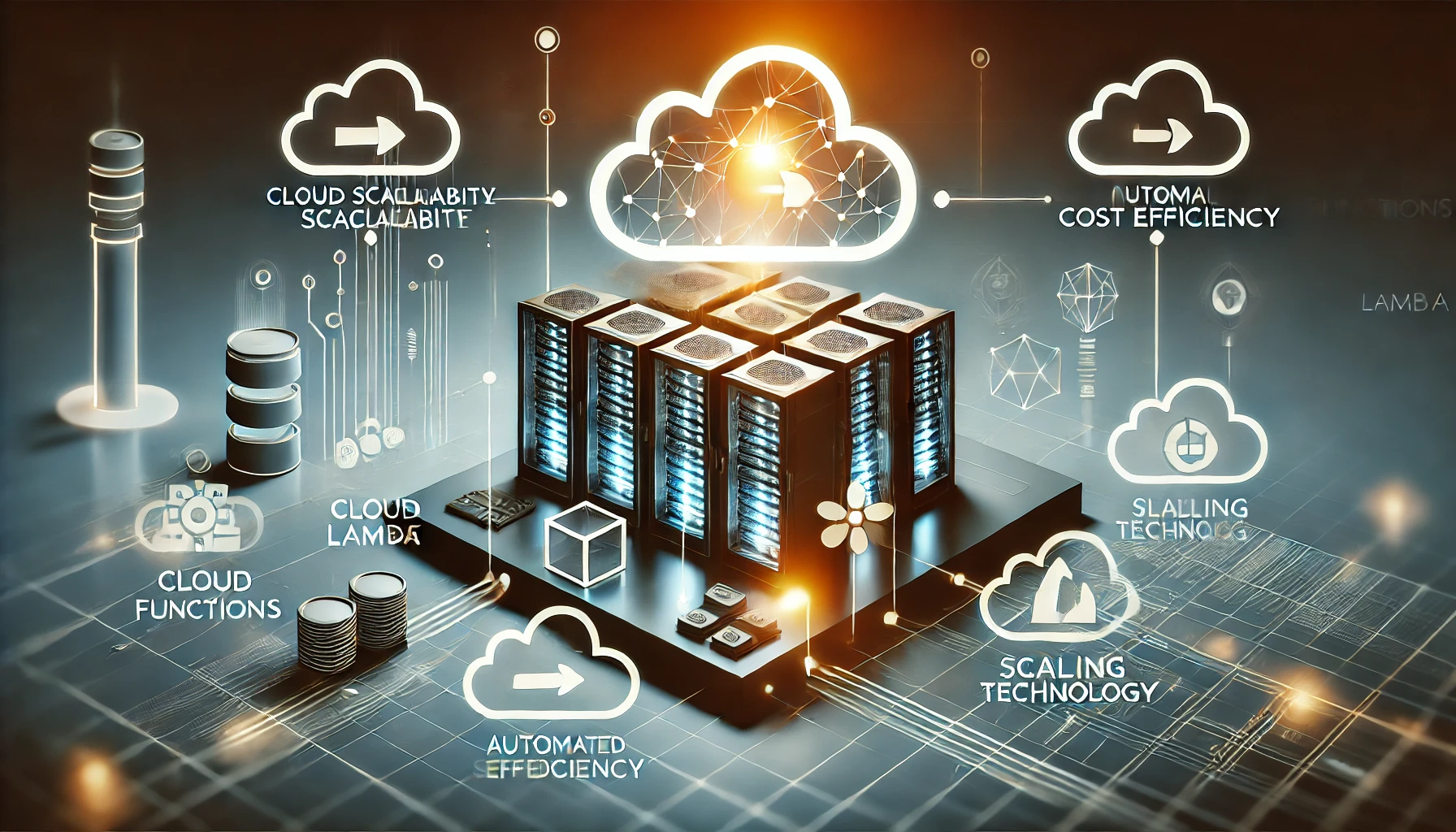Why Serverless Computing is the Future of Tech
Introduction
As the tech industry rapidly evolves, serverless computing is emerging as a transformative force. By allowing developers to build and run applications without managing infrastructure, serverless computing offers scalability, cost-efficiency, and flexibility—making it an ideal choice for modern applications.
What is Serverless Computing?
Serverless computing enables developers to deploy code without worrying about the underlying infrastructure. Services like AWS Lambda, Azure Functions, and Google Cloud Functions manage server resources, automatically scaling up or down based on demand. This allows businesses to pay only for what they use, enhancing both efficiency and cost-effectiveness.
Benefits of Serverless Computing
- Cost Efficiency
In traditional models, businesses must maintain servers 24/7, whether or not they are fully utilized. Serverless computing eliminates this overhead, allowing organizations to pay only for actual function execution time, greatly reducing operational costs. - Automatic Scaling
Serverless architectures automatically adjust to handle workloads of any size. Whether you’re dealing with spikes in traffic or routine requests, the system scales to meet demand without requiring manual intervention. - Faster Time to Market
Serverless platforms abstract infrastructure management, allowing developers to focus purely on writing code. This means faster development cycles and quicker deployment of new features, accelerating the delivery of tech products to the market. - Enhanced Focus on Core Business
Without the burden of managing and scaling servers, developers and businesses can focus on innovation. Teams can build and iterate quickly without needing to invest in extensive DevOps expertise, enabling better productivity and quicker responses to business needs.
Real-World Use Cases of Serverless Computing
- Real-Time File Processing: Platforms like AWS Lambda can trigger real-time processing of files uploaded to Amazon S3.
- API Backends: Businesses use serverless to build scalable APIs via API Gateway and Lambda, making serverless ideal for apps with fluctuating user demand.
- Event-Driven Microservices: Serverless enables event-driven applications that react to data changes in real time, for example, syncing a database when records are updated.
Challenges of Serverless Computing
While serverless computing has a wealth of advantages, there are challenges such as cold starts (a brief delay when invoking a function after inactivity) and limited control over infrastructure configurations. However, these can be mitigated by using managed services like AWS CloudWatch for monitoring and scaling.
Why Serverless is the Future of Tech
- Supports Agile and DevOps
Serverless architectures are well-aligned with agile development and DevOps methodologies. The ability to iterate quickly, deploy automatically, and monitor performance seamlessly aligns with the continuous integration/continuous deployment (CI/CD) pipeline used by modern tech teams. - Fits IoT and Edge Computing
As the Internet of Things (IoT) and edge computing grow, serverless will play a pivotal role in enabling lightweight, distributed workloads that react in real time. Cloud providers, including AWS IoT and Azure IoTHub, are already offering serverless capabilities optimized for these use cases. - Energy Efficiency and Sustainability
Serverless computing optimizes resource usage by scaling resources only when needed. This model reduces energy consumption, contributing to more sustainable cloud computing practices—a key consideration for the future of tech.
Conclusion
Serverless computing is not just a trend; it’s shaping the future of tech by offering businesses scalability, reduced costs, and faster delivery of applications. As more companies shift towards microservices and agile methodologies, serverless will continue to drive innovation and enhance operational efficiency.
To learn more about how to leverage serverless architectures for your business, enroll in LinneoTech’s ServerlessComputing course today.



